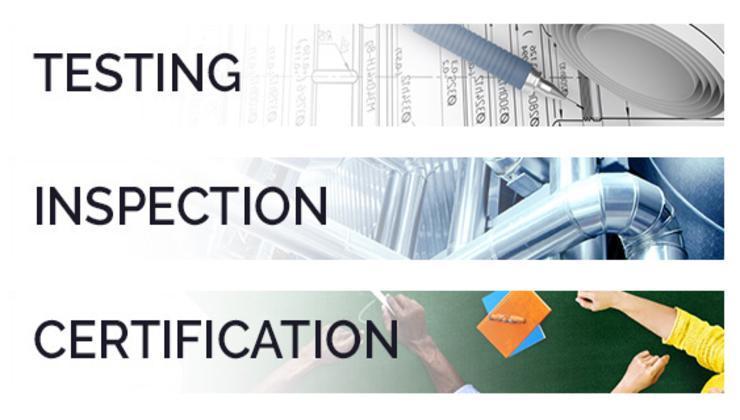Testing Inspection and Certification Market Trends | 2032

A strategic examination of the Testing Inspection and Certification (TIC) Competitive Landscape reveals a highly structured and mature market with distinct tiers of competition. At the apex of the landscape is an oligopoly of large, diversified, multinational corporations, including firms like SGS, Bureau Veritas, Intertek, TÜV SÜD, and Eurofins. These industry giants command a significant share of the global market and compete on the basis of their unparalleled geographic reach, extensive service portfolios that span nearly every industry, and powerful brand reputations that are globally recognized as symbols of trust and quality. Their primary competitive strategies involve leveraging their scale to serve large multinational clients with end-to-end global compliance solutions and pursuing a relentless M&A strategy to acquire niche expertise and consolidate market share. Their immense resources allow them to make substantial investments in technology and global accreditations, creating high barriers to entry for potential large-scale competitors. The Testing, Inspection, and Certification Market size is projected to grow USD 92.75 Billion by 2032, exhibiting a CAGR of 4.88% during the forecast period 2032. This expansive market provides a vast playing field for these dominant players to compete and grow.
Beneath this top tier, the competitive landscape becomes exceptionally fragmented, comprising a "long tail" of thousands of small and medium-sized TIC providers. This segment is characterized by specialization. These firms typically do not compete on scale but on deep expertise in a specific technical domain (like electromagnetic compatibility testing), a particular industry vertical (such as organic food certification), or a focused geographic market (like a single country or state). Their competitive advantage is built on agility, rapid turnaround times, and highly personalized customer service. They often serve as the go-to providers for local businesses or for larger corporations seeking highly specialized tests that are outside the core competencies of the major players. This creates a complex ecosystem where these smaller firms are sometimes direct competitors to the giants for local business and at other times act as subcontractors, performing specialized analysis on their behalf. This fragmentation ensures a level of price competition and innovation at the local and specialized service level.
The future of the competitive landscape is being actively reshaped by the forces of digitalization and sustainability. This is creating two significant shifts. First, new competitors are emerging from outside the traditional TIC industry. Pure-play cybersecurity firms, data analytics companies, and ESG consulting practices are increasingly offering services that overlap with the evolving scope of TIC, such as software testing and sustainability reporting verification. This convergence is blurring industry lines and intensifying competition. Second, technology is changing the basis of competition. The competitive advantage is gradually shifting from the physical footprint of laboratories to the sophistication of digital platforms, the power of data analytics, and the quality of human talent in emerging fields. In response, traditional TIC leaders are aggressively investing in digital capabilities and acquiring tech startups. The future competitive landscape will likely be defined by strategic alliances between traditional TIC firms and technology companies, as they combine deep industry knowledge with cutting-edge digital tools to offer the next generation of assurance services.
Top Trending Reports -
- Art
- Causes
- Crafts
- Dance
- Drinks
- Film
- Fitness
- Food
- Jeux
- Gardening
- Health
- Domicile
- Literature
- Music
- Networking
- Autre
- Party
- Religion
- Shopping
- Sports
- Theater
- Wellness



